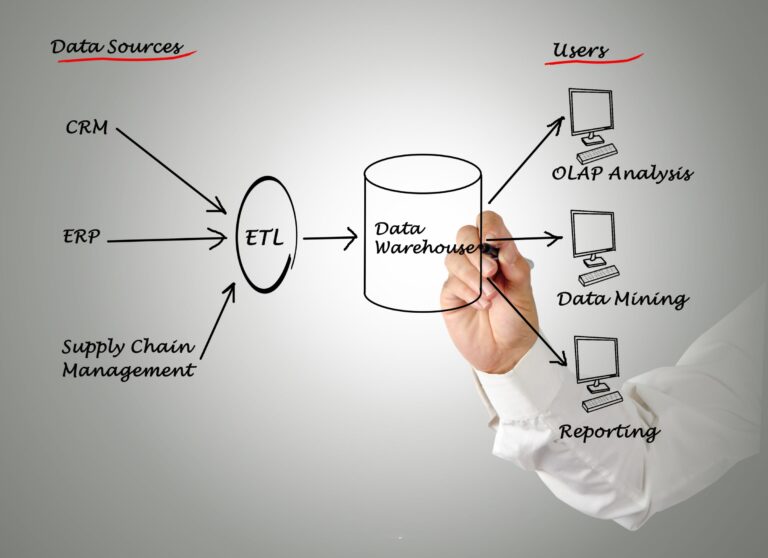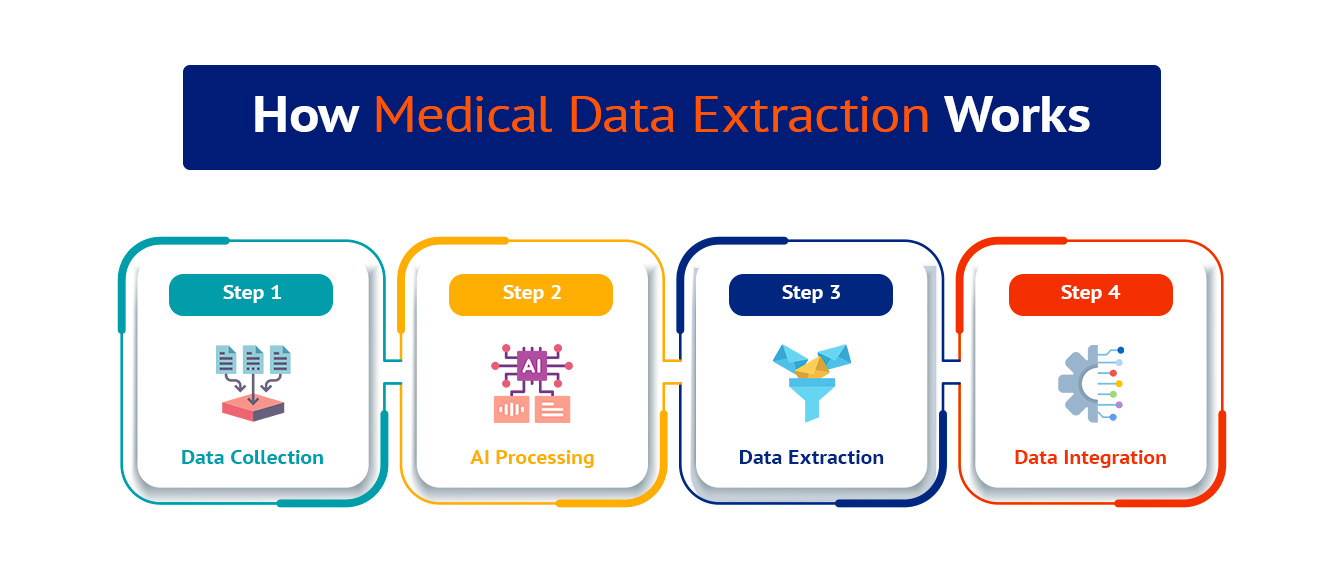
Medical data extraction and conversion is the process of extracting data which includes demographic, administrative, clinical, and financial from your legacy system and importing it into your new destination system. This process improves risk score accuracy by automating access to clinical records. By accepting all document types at a scalable and high rate, this solution reduces data collection time from weeks or months to minutes or hours.
In this blog, you will be introduced to the concept of medical data extraction and why it’s needed.
- What is medical data extraction?
- What is medical data extraction ETL?
- What are the benefits of medical data extraction?
- Future of medical data extraction
What Is Medical Data Extraction?
Medical data extraction is the process of filtering out irrelevant data that is less relevant to the task at hand and the specific needs and preferences of individual users. It can also be defined as the process of collecting data from various sources, storing it, transforming it, and feeding it to another system for subsequent analysis. The process of medical data extraction generally shapes scattered and unwieldy raw data into a more useful and well-defined format that can be used for further processing.
What Is Medical Data Extraction ETL?
To understand the importance of data extraction, consider the entire ETL process. Essentially, ETL allows companies and organizations to 1) consolidate data from multiple sources into one place and 2) consolidate disparate data types into a common format.
Extraction: This is the process of extracting data from one or more sources or systems. The procedure locates and identifies useful data before processing or transforming it. Extraction enables the merging and mining of different data types for business intelligence.
Transform: After the data is successfully extracted, you can refine the data. Data is sorted, structured, and cleaned during the transformation step. Duplicate entries are removed, missing information is removed or added, and audits are performed to provide reliable, consistent, and usable data.
Loading: Transformed, high-quality data is delivered to a single, unified destination for storage and analysis.
What Are The Benefits Of Medical Data Extraction?
It can assist healthcare insurers in detecting fraud and abuse, healthcare organizations in making customer relationship management decisions, physicians in identifying successful treatments and best practices, and patients in receiving better and more economical healthcare.
Future Of Medical Data Extraction
The advent of cloud storage and computing is having a major impact on how businesses and organizations manage their data. The cloud, along with advances in data protection, storage, and processing, has made the ETL process more efficient and versatile than ever before. Businesses can now access data from around the world and process it in real-time without having to maintain their own server or data infrastructure. More and more businesses are starting to move data from traditional on-premises systems using hybrid and cloud-native data options.
The Internet of Things (IoT) is also changing the data landscape. In addition to mobile phones, personal computers and even medical devices are increasingly generating data. As data is acquired and transformed, the amount of data that can be leveraged to give companies a competitive advantage continues to grow.

